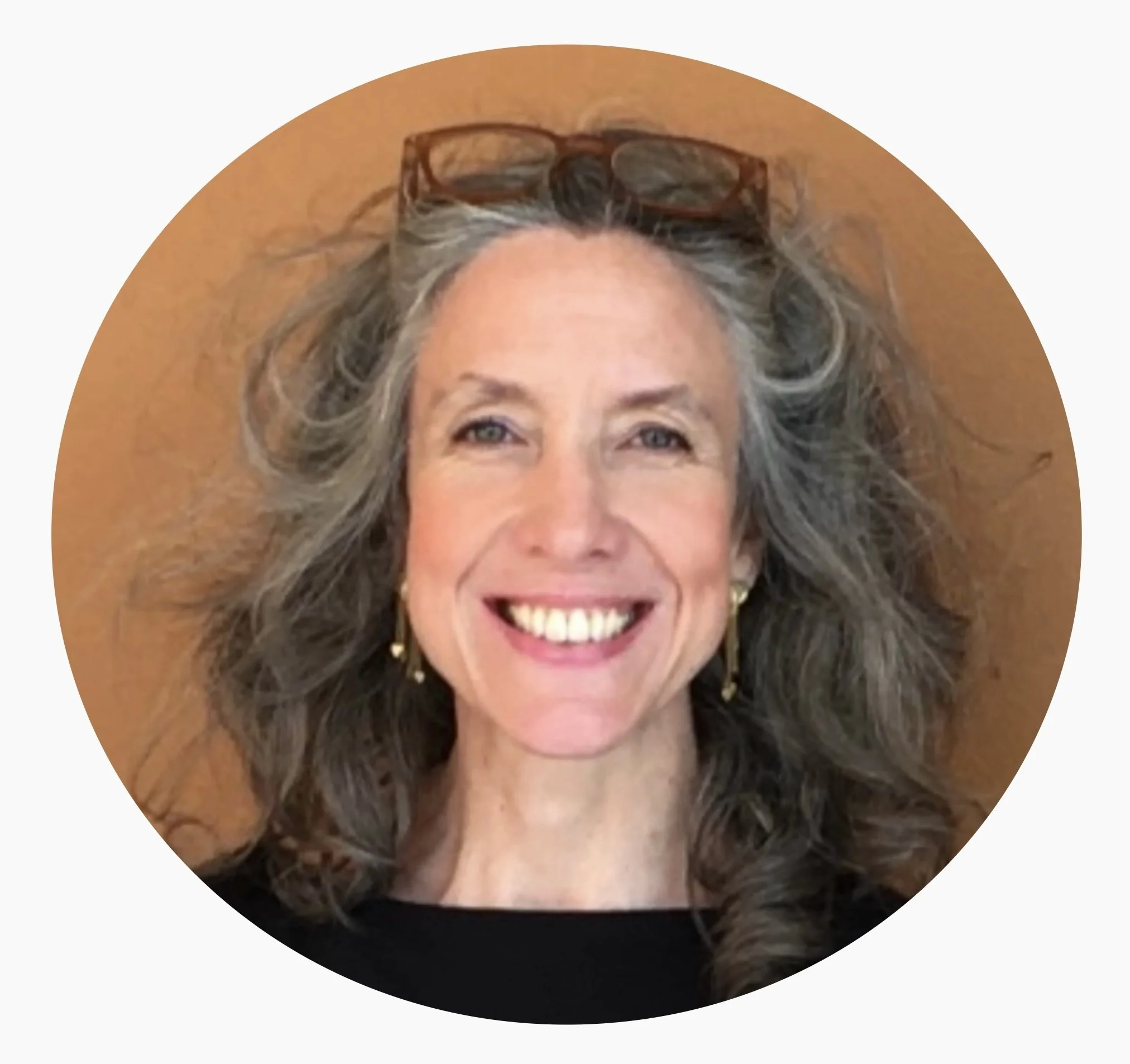Sarah Wren Wilson
Which 3 words best describe how you would like your art to be perceived?
HONEST, RESPONSIVE , COLOUR
What creative challenge have you faced and overcome that has transformed your art practice?
It is hard to pinpoint this question down to one experience, for me, I feel that my practice is in a constant state of transition and transformation.
I think the biggest creative challenge is embracing disappointment, not resisting it but just allowing it to be part of the process. It is important to have patience, enjoy making work and not to force anything.
Do you specifically schedule time for your art practice?
I split my time between art facilitating and the studio. I feel that time away from your artwork and engagement with other artists is just as important as time to make.
How do you usually start an art session - any habits or rituals?
I normally cycle into my studio, I find being on my bike clears my head. I then spend the first hour of everyday drinking tea and staring at my work- waiting for it to talk to me. After which, I begin an ongoing process of painting, stopping, painting, stopping. If I am overthinking the artwork I tend to listen to music or podcasts until immersed.
What tools do you use as part of the preliminary process?
Previously, when working with installation and sculpture, I would spend a lot of time on preliminary stages, such as sketches, models and installation planning. Now that my practice has once again become focused on painting, I tend to just use a notebook where I record ideas through sketches and text.
How do you deal with doubts and fears?
Doubt and fear is an inherent component of creating work and instead of pushing these feeling away, I accept them and allow them to sit alongside the work.
With which intentions do you infuse your art making?
The paintings are imagined spaces that examine the relationship between the unconscious and pre-mediated self.
The work presents gameplay, as I (the artist) and painting undergo a conversation, back and forth until a resolution is reached, successful or not. It is a dialogue that encompasses moments of doubt and energised excitement, as spaces are developed through structural layering, colour shifts and varied mark-making.
Where do you draw your colour inspiration from?
I have always been a fan of the colour-field abstract painters such as Helen Frankenthaler, Clifford Still etc...but also postmodernism artists such as Peter Halley who began using more artificial colours such as neo yellow in the form day-glo paint often seen in advertising.
I like to use aspects of both approaches within my painting.
What do you like and dislike about your art?
I feel as an artist you are never totally satisfied there is always part of you that looks to push the work further, it keeps you making. For me it is not so much about likes and dislikes but instead about keeping the work honest, sometimes its successful and sometimes it’s not.
What brilliant piece of advice were you given on your creative journey and would be happy to share?
Just to go for it and don’t get too hung up on the finished product, focus on being present, embrace risk-taking and enjoy it. Rejection in the arts is huge and part of the process, so it’s important to enjoy the process of making.

















